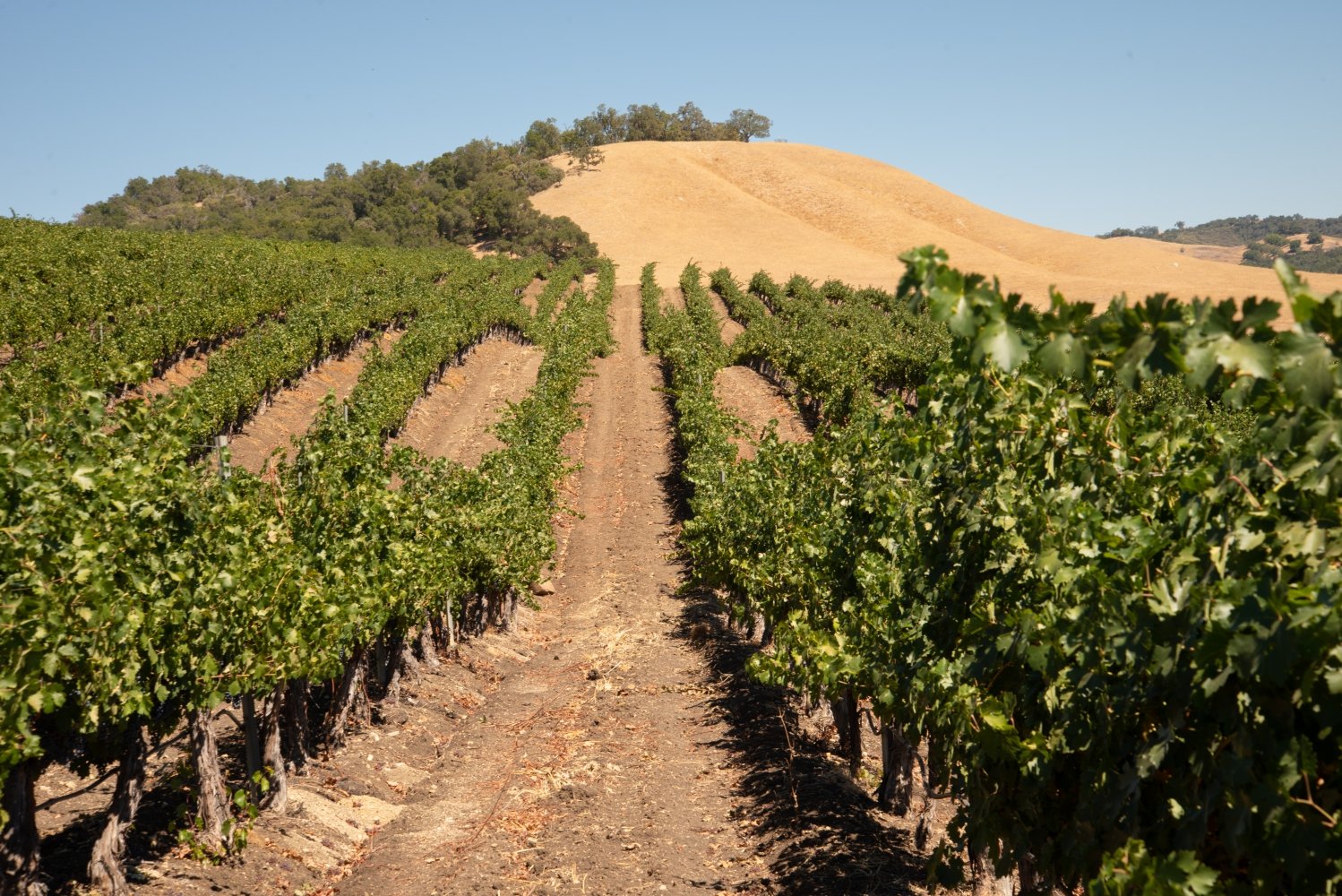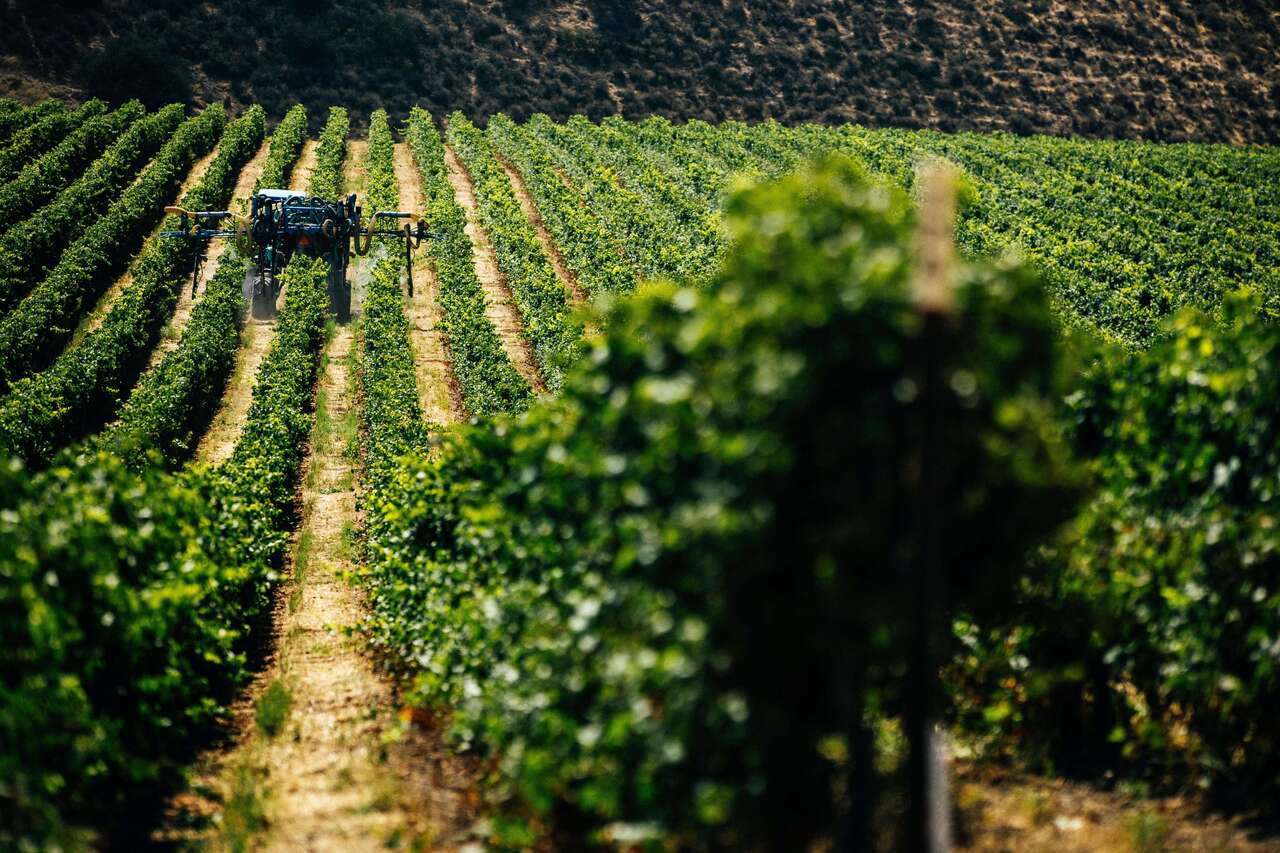The Symbiotic Relationship Between Mealybugs and Ants: A Threat to California Vineyards
Suterra
Jan 6, 2025 6:00:00 AM


The symbiotic relationship between ants and mealybugs significantly impacts vineyard health across California, creating complex challenges for growers. Understanding these pest interactions is key to managing infestations and protecting grape production.
Grape growers often recognize mealybug infestations from the presence of honeydew, a sticky, sugar-rich residue left behind as the pest feeds on grape clusters. Honeydew harms grapes for several reasons: it degrades fruit quality, promotes mold growth, and attracts other insects, like ants, into the system.
As ants feed on this nutrient-dense honeydew, they protect mealybugs from predators and parasitoids, ensuring the pests' survival and enabling them to spread throughout the vineyard. This protection behavior worsens field infestations by allowing mealybugs to carry out their life cycle unscathed.
This symbiotic relationship spans multiple species, with native and invasive ants protecting various mealybug species. For example, in California, native gray ants and vine mealybug are often found together in vineyards. The invasive Argentine ant is also a staunch defender of mealybug and is the predominant ant species in some vineyards.

The unsung heroes of many vineyards are the predator and parasitoid species that provide natural pest control. Natural enemies such as lady beetles, lacewings, and spiders exist within the vineyard system at some level, but growers can also release biological control agents supplementally to help regulate pests.
Cryptolaemus montrouzieri, known informally as the “mealybug destroyer”, is often used as a biological control agent. Parasitoid wasp species, such as Anagyrus pseudococci, are also released in vineyards for control of VMB. Because vine mealybug females move relatively slow, they have few defenses against these natural enemies.
However, ants that ‘farm’ vine mealybug for honeydew will fiercely defend their food source and drive away these natural enemies. This interference reduces the efficacy of biological control and impacts the overall success of an integrated pest management program.
It’s evident that a robust mealybug IPM program must also include strategies for the ants that safeguard them. Although there are several species of ants in California, Argentine and Native Gray ants are most common in agricultural settings.
One tactic to redirect native gray ants is planting a cover crop; plants like vetch produce sugar rich nectar that is more attractive to ants than the honeydew from mealybugs. Soil tilling is also an effective way to disturb established ant colonies in organic or conventional blocks. In some cases, chemical control of ants may be necessary. In general, using bait to kill ants is the most effective strategy as it is least disruptive to beneficial species present in vineyards.
Ants communicate through pheromone pathways; understanding this behavior has led to the creation of innovative products such as Suterra’s BioAmp® AA. Bioamp AA is a sprayable pheromone product that mimics the Argentine Ant trail pheromone. Our BioAmp AA has been successfully used by Pest Control Operators in urban and structural settings by using the pheromone to lure ants to insecticidal treatments. Early-stage research shows promise in using a similar approach in agricultural environments.
With the loss of widely used products like Chlorpyrifos, advancements like these are reshaping ant management for growers in California. The bait system and overall IPM program utilized will vary by operation; consult UC IPM and your Pest Control Adviser for more information on potential treatments.
To connect with a Suterra representative on questions about ant or vine mealybug management in vineyards, submit a request here.